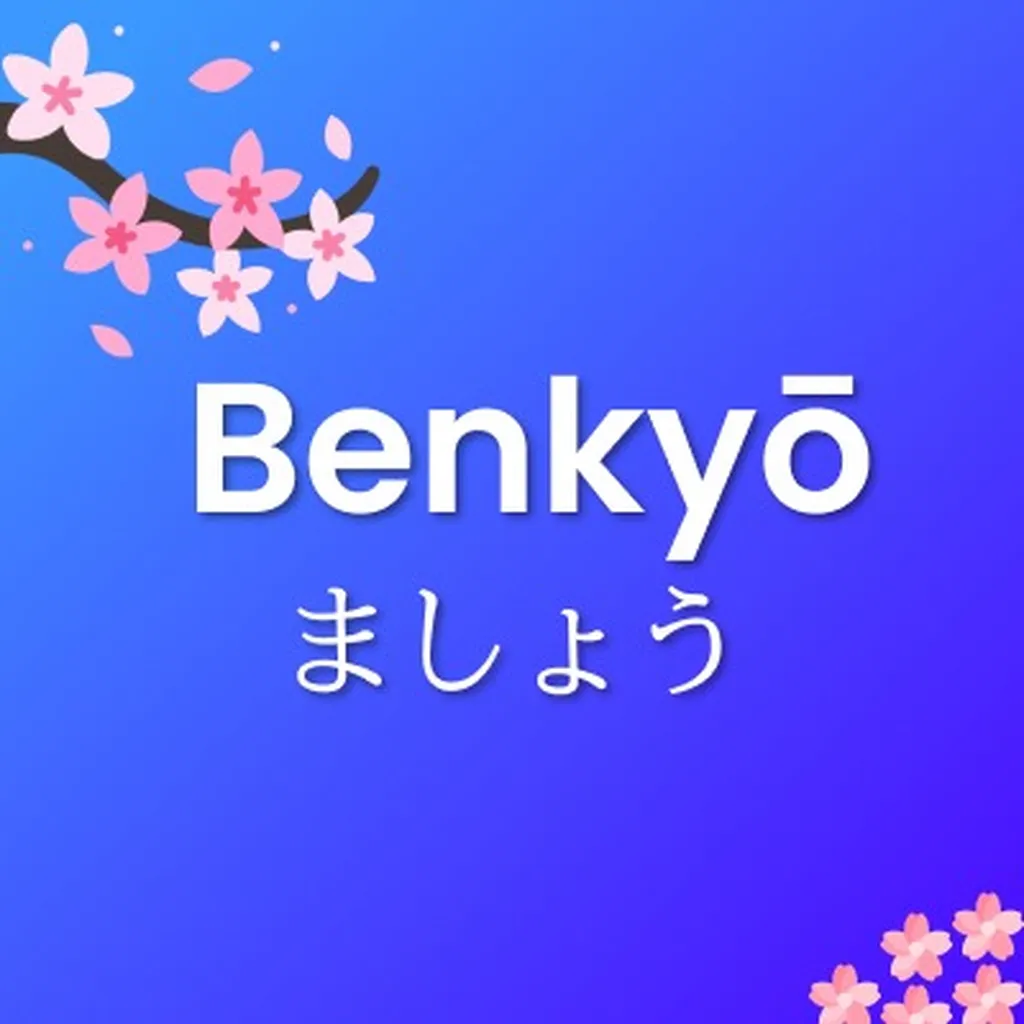そば
そば
near, close, beside; Japanese traditional buckwheat noodle
na-adjective
Conjugation Table
Present
そばだ
Negative
そばじゃない
Past
そばだった
Past Negative
そばじゃなかった
Te Form
そばで
Adverbial
そばに
Conditional
そばなら
Presumptive
そばでしょう
Example Sentences
君のそばにいるよ。
I am by your side.
Kimi no soba ni iru yo.
昨日は美味しいそばを食べた。
Yesterday, I ate delicious soba noodles.
Kinō wa oishii soba o tabeta.
彼のそばに座らないでください。
Please don't sit next to him.
Kare no soba ni suwaranai de kudasai.
Grammar Notes & Usage Tips
•Understanding Usage**: "そば" can mean "near" or "close," but it's not an adjective! Instead, it functions as a noun or a noun phrase, often needing a particle like "の" (e.g., "駅のそば" means "near the station").
•Distinguishing Meanings**: Be mindful of context! "そば" can also refer to buckwheat noodles, so if you say "そばを食べます," you're talking about eating noodles, not being near something.
•Particle Partners**: When using "そば" to describe proximity, pair it with particles like "に" (to indicate location, e.g., "家のそばに公園があります" - "There is a park near the house") to convey the correct relationship.
•Conjugation Clarity**: As "そば" is not a true adjective, it doesn't conjugate like "い-adjectives" or "な-adjectives." Treat it as a noun when forming sentences, focusing on particles to modify its meaning.
•な-adjective: Uses な before nouns, conjugates like a noun
